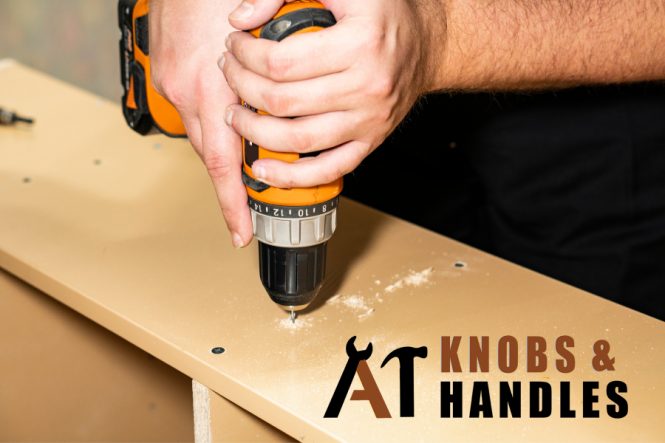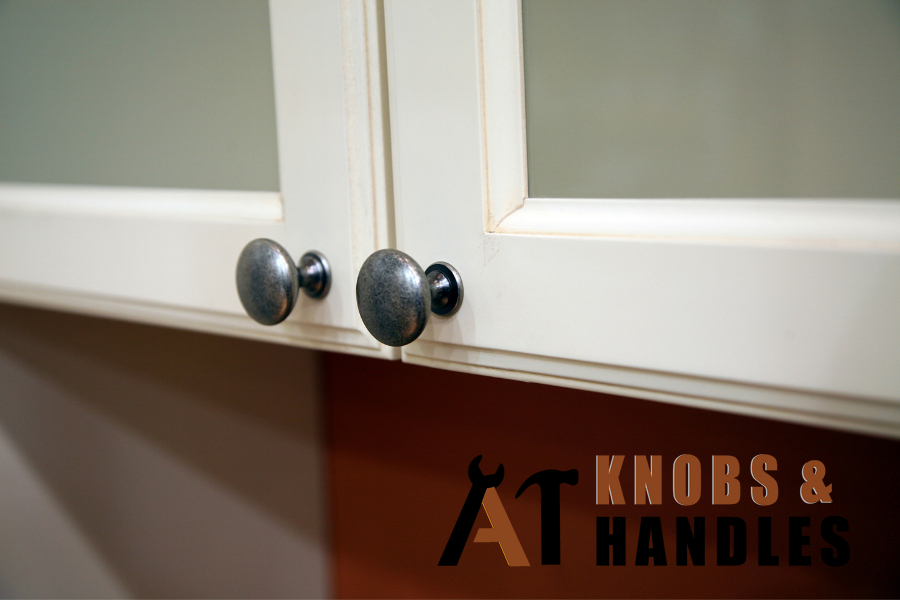

Fixing loose cabinet knobs is a common home improvement task that can quickly restore the functionality and aesthetic appeal of your cabinets. Imagine opening your kitchen drawers and cabinet doors without the annoying wobble or rattling—that’s the satisfying result of a simple fix. This guide provides a comprehensive approach to tackling loose knobs, covering various types of knobs, tools required, and troubleshooting common problems. We’ll provide clear instructions, relevant examples, and tips to help you complete this task efficiently. This article will guide you through different methods for fixing loose cabinet knobs, from simple tightening to more involved replacement. Learn the best tools, techniques, and common mistakes to avoid.
Understanding the Issue: Identifying Loose Cabinet Knobs
Common Causes of Loose Cabinet Knobs
Loose cabinet knobs can stem from several factors. Often, the screws holding the knobs in place loosen over time due to daily use, leading to wobbly or rattling issues. Poor installation is another culprit, where knobs aren’t properly secured during the initial setup. Expansion and contraction due to changes in temperature and humidity can also contribute to loosening. In some cases, damaged or worn-out mounting hardware might be at play. Knowing the cause helps determine the appropriate fix.
Diagnosing the Problem
To diagnose the issue, visually inspect the knob and the mounting hardware. If you see any signs of damage or loosening, take a closer look. Try gently shaking the knob. If it moves excessively or rattles, then it’s likely loose. Examine the screw holes for signs of damage or looseness. If they are damaged, it may indicate that the knob needs replacing rather than simply tightening.
What to do next
Once the cause has been identified, you can plan the best course of action. For simple loosening, tightening the screws should be sufficient. For more extensive damage, consider replacing the knobs or hardware entirely.
Simple Tightening: A Quick Fix
Tools and Materials
You’ll need a screwdriver—a Phillips head if the screws are Phillips, a flathead if they are flathead—and a wrench (for larger screws). Ensure the right size for the screws is available.
Step-by-Step Tightening
Locate the screws holding the knobs in place. Carefully loosen the screws slightly using the appropriate screwdriver. Ensure you grip the screws firmly to avoid slipping. Gently tighten the screws back using the same screwdriver or wrench, ensuring the knob is securely fixed. Be cautious not to overtighten. Overtightening can damage the screws or the knob itself.
Troubleshooting
If the knobs still feel loose after tightening, double-check that the screws are properly seated in their holes. Ensure there are no obstructions or obstructions to hinder the fitting. If there are, you might need a drill to enlarge the screw hole. In some cases, replacing the mounting hardware is necessary if the existing ones are damaged or worn out.
Replacing Knobs and Hardware
Selecting the Right Replacement
Choosing the right replacement knobs or hardware is crucial. Consider the style of your cabinets and the overall aesthetic you’re aiming for. Different types of knobs, such as cabinet knobs and drawer knobs, come in various sizes and materials. Matching the style and size is important to maintain visual cohesion.
The Replacement Process
Remove the old knobs and hardware. Use the appropriate screwdriver and wrench to carefully remove the old screws. Clean the mounting holes to ensure they’re free of debris. Select the new knobs and hardware. Carefully install the new hardware, ensuring the screws are inserted properly. Tighten the new screws securely without overdoing it. The new knobs should fit snugly and should not move.
Preventing Future Loosening
Utilize quality mounting hardware. Choosing high-quality materials can help prevent the loosening problem in the future. Use a quality wood glue to secure any loose joints or screws.
Advanced Techniques (For More Severe Issues)
Using Wood Glue
In some cases, using wood glue can enhance the stability and reduce the risk of loosening. Apply a thin layer of wood glue to the mounting holes. Secure the knobs and hardware. Let the glue dry completely before using the cabinets.
Reinforcing the Mounting
For extra stability, consider reinforcing the mounting points. Use wood filler or putty to fill any gaps or imperfections in the mounting holes. Allow the filler to dry completely before proceeding with the installation process. This method works well for older or damaged cabinets.
Professional Help
If the issue persists or the cabinet is particularly complex, seeking professional help from a handyman or cabinet maker might be necessary. They can identify the exact cause of the problem and implement specialized solutions.
Maintaining your Knobs and Hardware
Regular Checkups
Conduct regular checks to ensure that your cabinet knobs and hardware stay in good working order. Visually inspect the knobs to ensure they are secure. Lightly wiggle the knobs to check for looseness or wobbliness. Regular maintenance will help extend the lifespan of your knobs and cabinets.
Cleaning and Lubrication
Keeping your knobs and hardware clean will improve their durability. Use a soft cloth or cleaning solution to remove dust or debris. Avoid using harsh chemicals that could damage the material. In some cases, lubricant is necessary to prevent friction between the knobs and the screws.
How can I prevent my cabinet knobs from getting loose again?
Preventing future looseness involves a combination of proper installation techniques and regular maintenance. Using high-quality mounting hardware and ensuring correct screw placement from the outset are critical. Periodic checks for loosening and promptly addressing any issues are also important for maintaining cabinet functionality. Using wood glue in some situations can create a more secure bond.
What should I do if the screws are stripped or damaged?
If the screws are stripped or damaged, you’ll likely need to replace the entire mounting hardware. Replacing the hardware, or replacing the cabinet knobs themselves, is an important part of proper maintenance. In some cases, it may be necessary to repair or replace the cabinet itself if the problem is extensive.
How do I know if a cabinet knob needs replacing entirely?
If the knob is severely damaged, or if the screws are excessively loose and the knob has significant play or wobble, it’s best to replace it. In some cases, repairing the knob may be possible, but it’s best to replace it entirely to ensure a stable and secure result. Inspecting the condition of the knob and screws thoroughly is important.
Frequently Asked Questions
What types of tools do I need to fix loose cabinet knobs?
You’ll generally need a screwdriver (Phillips or flathead, depending on the screws) and potentially a wrench for larger screws. Using the right tool for the job is critical to avoid damage to your cabinet or the screws themselves. Choose screwdrivers that have a firm grip to help you turn the screws safely and efficiently. You may also need pliers for some tasks, depending on the type of knob or hardware.
In conclusion, fixing loose cabinet knobs is a relatively straightforward task that can be accomplished with a few simple tools and techniques. By following these steps, you can easily restore the functionality and aesthetic appeal of your cabinets. Remember to choose the right type of knob replacement and secure it properly to prevent future loosening. For more in-depth guidance or specialized needs, consult a professional handyman or cabinet maker. If you’re looking for even more helpful tips and tricks for DIY home projects, check out our blog for more insightful articles.